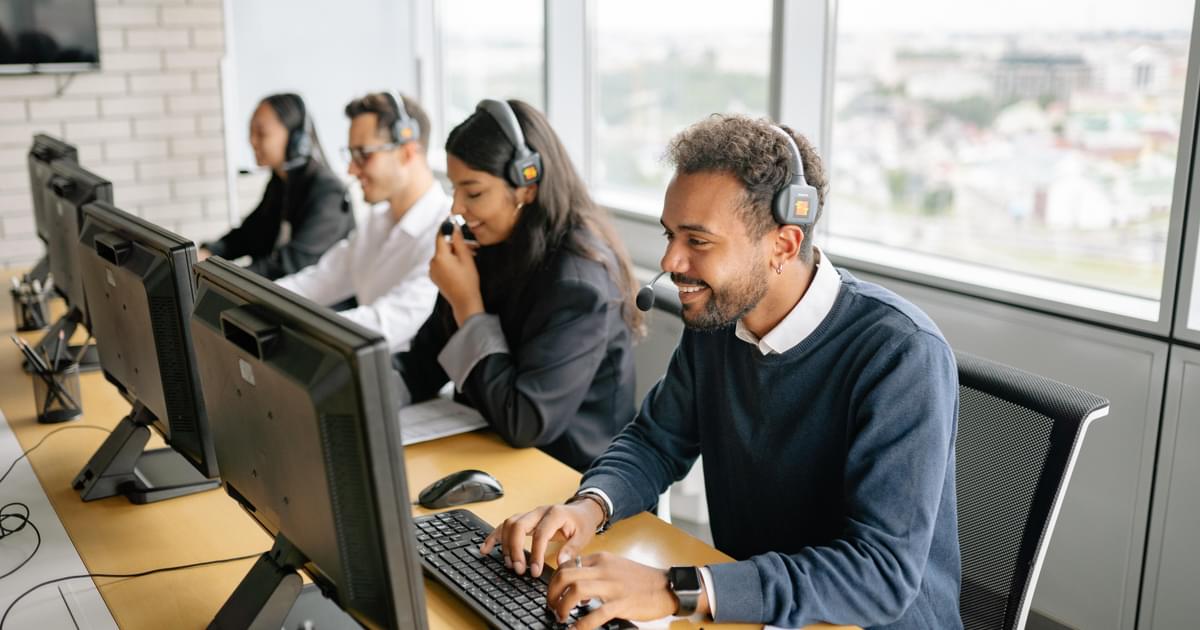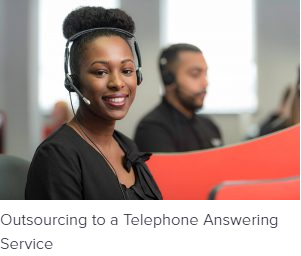All Categories
Featured
Table of Contents
- – What Is The Best 24/7 Phone Answering - Au-base...
- – What's The Best The Best Answering Service For...
- – Where To Buy Best Telephone Answering Service ...
- – Who Is The Best Telephone Answering Service -...
- – How Is The Best Telephone Answering Service S...
- – Best Call Answering Service For Small Busine...
What Is The Best 24/7 Phone Answering - Au-based Operators - Alltel Australia Out Today
This gadget and its followers were designed by Sava Jacobson, an electrical engineer with a private consulting organization. While early voice mail utilized magnetic tape innovation, most modern-day equipment uses solid state memory storage; some devices utilize a mix of both, with a solid-state circuit for the outgoing message and a cassette for the inbound messages.
"toll conserving" listed below) (virtual telephone answering service). This works if the owner is screening calls and does not want to talk with all callers. In any case after going, the calling celebration needs to be informed about the call having been answered (for the most part this starts the charging), either by some remark of the operator, or by some greeting message of the little bit, or addressed to non-human callers (e.
This holds particularly for the Littles with digitally kept greeting messages or for earlier devices (prior to the rise of microcassettes) with a special unlimited loop tape, different from a 2nd cassette, committed to recording. There have been answer-only gadgets with no recording capabilities, where the greeting message needed to notify callers of a state of current unattainability, or e (virtual telephone answering).
What's The Best The Best Answering Service For Clinics Brand

about schedule hours. In tape-recording Little bits the greeting generally consists of an invite to leave a message "after the beep". An answering maker that utilizes a microcassette to tape-record messages On a dual-cassette answerphone, there is an outgoing cassette, which after the defined number of rings plays a pre-recorded message to the caller.

Single-cassette answering makers consist of the outgoing message at the beginning of the tape and inbound messages on the remaining area. They first play the announcement, then fast-forward to the next readily available space for recording, then tape-record the caller's message. If there are many previous messages, fast-forwarding through them can cause a significant hold-up.
This beep is typically referred to in the welcoming message, asking for that the caller leave a message "after the beep". Littles with digital storage for the taped messages do disappoint this delay, of course. A little might provide a remote control center, where the answerphone owner can call the house number and, by entering a code on the remote telephone's keypad, can listen to taped messages, or erase them, even when far from house.
Where To Buy Best Telephone Answering Service Sydney - Virtual Office Sydney

Therefore the machine increases the number of rings after which it answers the call (usually by two, resulting in four rings), if no unread messages are currently saved, but responses after the set variety of rings (generally 2) if there are unread messages. This allows the owner to discover whether there are messages waiting; if there are none, the owner can hang up the phone on the, e.
Some makers also permit themselves to be remotely triggered, if they have been turned off, by calling and letting the phone ring a certain a great deal of times (usually 10-15). Some company desert calls currently after a smaller variety of rings, making remote activation impossible. In the early days of TADs an unique transmitter for DTMF tones (dual-tone multi-frequency signalling) was regionally required for remote control, because the formerly utilized pulse dialling is not apt to communicate proper signalling along an active connection, and the dual-tone multi-frequency signalling was carried out stepwise.
Any inbound call is not recognizable with respect to these properties in advance of going "off hook" by the terminal devices. So after going off hook the calls must be switched to proper gadgets and only the voice-type is immediately accessible to a human, however possibly, however need to be routed to a TAD (e.
Who Is The Best Telephone Answering Service - Dexcomm - U.s. Based Service?
What if I informed you that you do not have to actually get your gadget when addressing a client call? Somebody else will. So practical, ideal? Answering phone calls doesn't require someone to be on the other end of the line. Effective automated phone systems can do the technique just as efficiently as a live representative and in some cases even better.
An automated answering service or interactive voice action system is a phone system that communicates with callers without a live person on the line - phone answering service. When business use this innovation, customers can get the response to a concern about your company simply by using interactions set up on a pre-programmed call flow.
Although live operators update the customer support experience, numerous calls do not require human interaction. A basic recorded message or directions on how a consumer can recover a piece of info usually fixes a caller's immediate requirement - virtual telephone answering service. Automated answering services are a basic and effective way to direct incoming calls to the right individual.
How Is The Best Telephone Answering Service Sydney - Virtual Office Sydney Company
Notice that when you call a business, either for assistance or product questions, the first thing you will hear is a pre-recorded voice welcoming and a series of alternatives like press 1 for client service, press 2 for questions, and so on. The pre-recorded choices branch out to other options depending upon the customer's choice.
The phone tree system assists direct callers to the best individual or department using the keypad on a cellphone. In some instances, callers can use their voices. It's worth keeping in mind that auto-attendant options aren't limited to the ten numbers on a phone's keypad. As soon as the caller has picked their first choice, you can develop a multi-level auto-attendant that uses sub-menus to direct the caller to the right type of support.
The caller does not have to communicate with an individual if the auto-attendant phone system can manage their issue. The automated service can path callers to a worker if they reach a "dead end" and need assistance from a live agent. It is expensive to employ an operator or executive assistant.
Best Call Answering Service For Small Business In Brisbane To Buy
Automated answering services, on the other hand, are significantly less costly and supply considerable expense savings at approximately $200-$420/month. Even if you do not have dedicated personnel to manage call routing and management, an automatic answering service improves efficiency by permitting your group to concentrate on their strengths so they can more efficiently spend their time on the phone.
A sales lead routed to customer support is a lost shot. If a consumer who has product questions reaches the incorrect department or gets insufficient answers from well-meaning staff members who are less trained to deal with a particular type of question, it can be a cause of frustration and discontentment. An automatic answering system can decrease the variety of misrouted calls, therefore assisting your employees make much better usage of their phone time while maximizing time in their calendar for other jobs.
With Automated Answering Systems, you can develop a customized experience for both your personnel and your callers. Make a recording of your main greeting, and simply update it routinely to show what is going on in your organization. You can produce as many departments or menu choices as you want.
Table of Contents
- – What Is The Best 24/7 Phone Answering - Au-base...
- – What's The Best The Best Answering Service For...
- – Where To Buy Best Telephone Answering Service ...
- – Who Is The Best Telephone Answering Service -...
- – How Is The Best Telephone Answering Service S...
- – Best Call Answering Service For Small Busine...
Latest Posts
Exceptional Custom Phone Answering ( NSW 2026)
All-In-One Remote Reception Desk
Virtual Receptionist For Small Business Sydney
More
Latest Posts
Exceptional Custom Phone Answering ( NSW 2026)
All-In-One Remote Reception Desk
Virtual Receptionist For Small Business Sydney